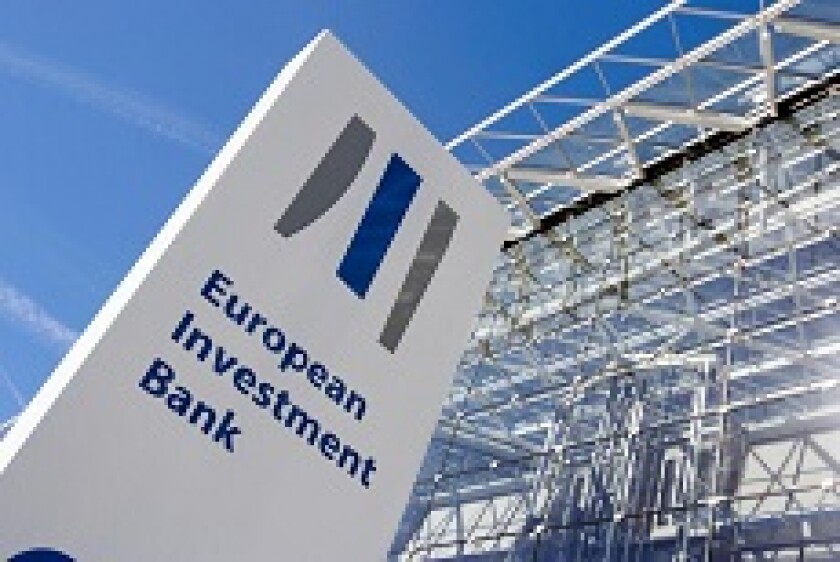The EIB may need scaling up for it to finance the type of transition Macron wrote of in his opinion piece, For European renewal, which was published in several European newspapers and Élysée.fr, the website of the president of France, this week. That’s especially true if, when Macron said the EU’s target should be “zero carbon by 2050” he meant it, rather than the less ambitious net zero carbon emissions — or ‘climate-neutral’ — policy for 2050 that the European Commission has already set.
In any case, a boost to the EIB’s firepower to face down the threat of climate change makes far more sense than wasting the time and effort required to create yet another agency.
That’s especially so as there is so little time to waste. The Intergovernmental Panel on Climate Change warned in October that the world has just 12 years to make unprecedented changes to its energy use to avoid a catastrophic climate tipping point.
Amid another crisis — the eurozone sovereign debt one — it took more than two years after the establishment of the temporary solution, the European Financial Stability Facility, for the permanent one, the European Stability Mechanism, to launch.
Using that two years as a rule of thumb, it would take about 17% of the 11.6 years now left before the IPCC’s deadline to create a European Climate Bank — and that’s before it starts lending.
And what about the effort required? Building headquarters (one would hope the process would be carbon neutral) and recruiting bankers takes time. So does road showing, creating a market presence and building the green loan book — but in all of these, the EIB is a world leader and has been so for years.
Macron is right to call for more financing for Europe to meet the challenge of climate change. But efficiency will be a big part of that. With the expertise and experience of the EIB already available, creating another agency would be a waste.

